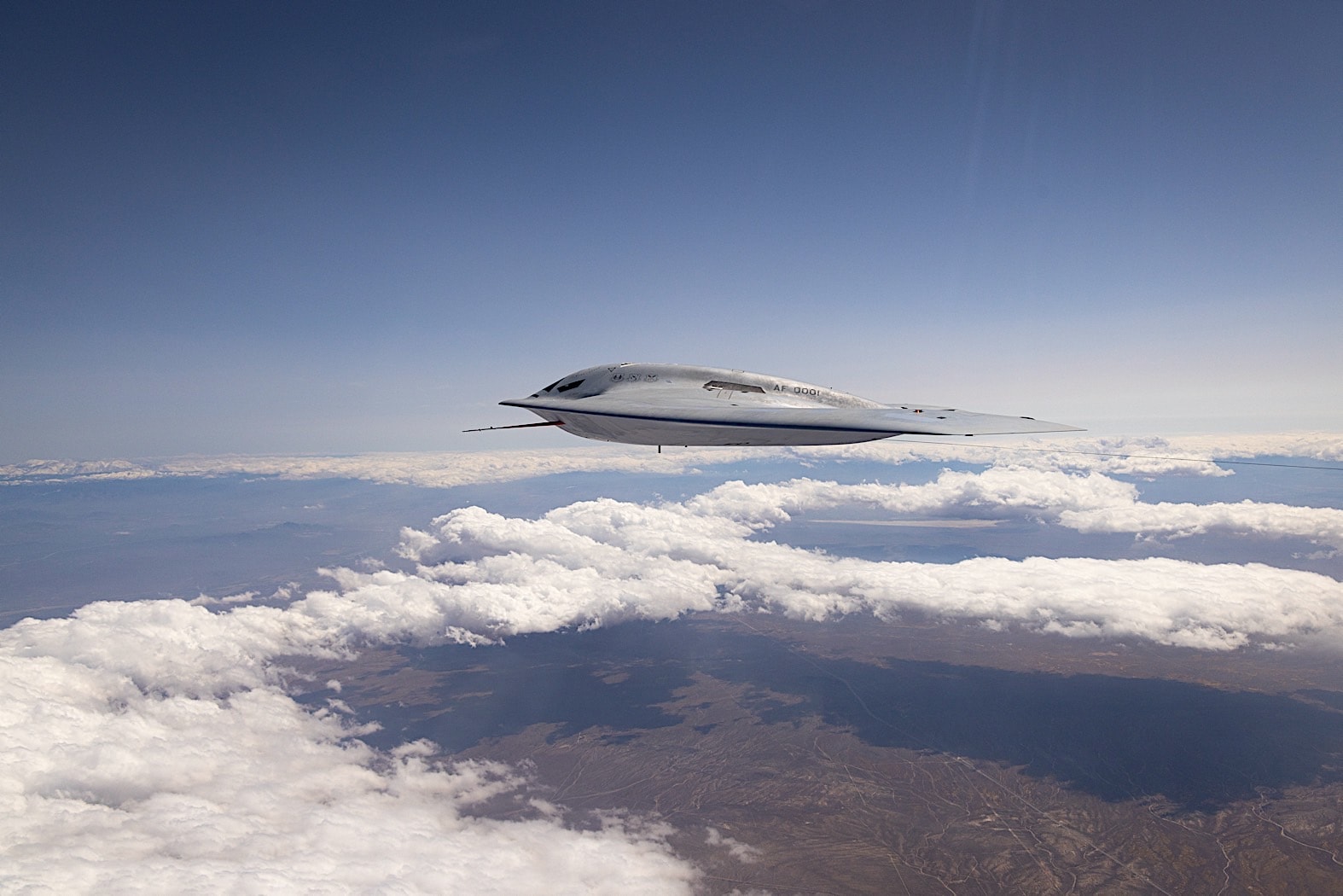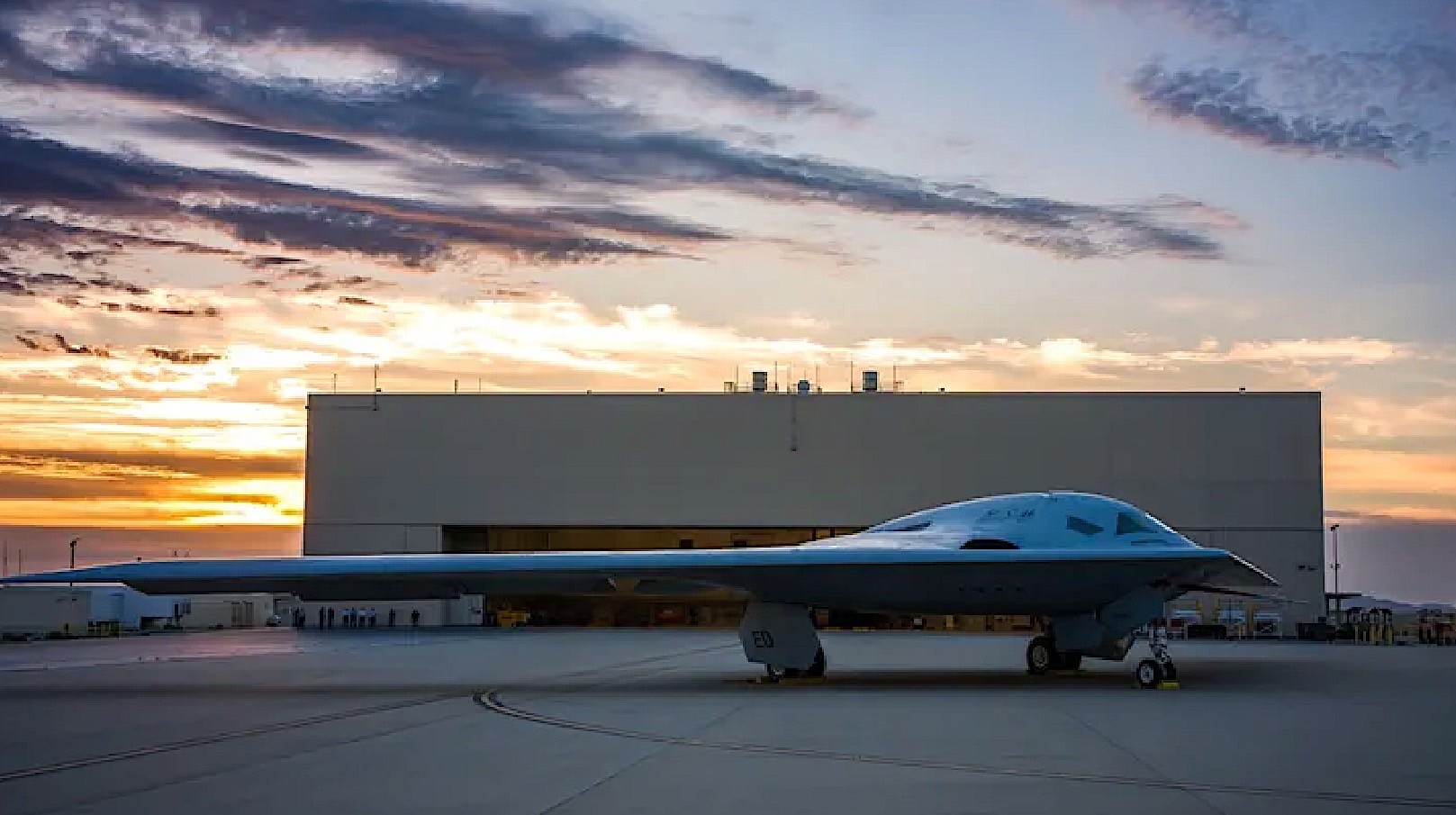DARPA, renowned for its seemingly endless pipeline of groundbreaking, classified projects, has set its sights on the skies in recent years. Their latest undertaking, the XRQ-73 SHEPARD (Series Hybrid Electric Propulsion AiRcraft Demonstration), targets the development of an ultra-quiet, unmanned aerial vehicle for the U.S. military.
This program draws upon advancements achieved under the Air Force Research Laboratory’s (AFRL) Great Horned Owl (GHO) initiative. GHO’s primary goal was the creation of an intelligence, surveillance, and reconnaissance (ISR) drone capable of slipping behind enemy lines without alerting them.
To achieve this, a design with an exceptionally low acoustic signature was paramount. However, traditional battery-powered drones fell short due to their inherent limitations in range and payload capacity. In response, the AFRL set its sights on exploring alternative propulsion systems, with a particular focus on a hybrid-electric configuration.
While the specifics of the GHO program remain shrouded in secrecy, the military has revealed that the powerplant will employ liquid hydrocarbon fuel, such as gasoline or diesel, to generate electricity for purely electric flight.

This innovative approach holds the promise of extended range and stealth capabilities, making the drone a valuable asset for intelligence-gathering missions. Stemming from the collective brilliance of DARPA, Northrop Grumman, and Scaled Composites, the XRQ-73 drone emerges as a game-changer for military aviation.
Inheriting the innovative tailless flying wing design pioneered by the GHO program, the XRQ-73 signifies a quantum leap in drone technology. Though shrouded in secrecy, the drone is believed to incorporate a hybrid electric propulsion system, granting it the ability to operate for extended durations while adhering to the weight restrictions of Group 3 UAS classification.
This feat would signify a significant leap in capability compared to its forebearer, the XRQ-72. Moreover, the XRQ-73’s larger size hints at the potential to carry a more substantial payload of operational equipment, further enhancing its battlefield versatility. With its revealing, the XRQ-73 ushers in a new era of stealthy, long-endurance unmanned aerial vehicles poised to redefine military strategy.

